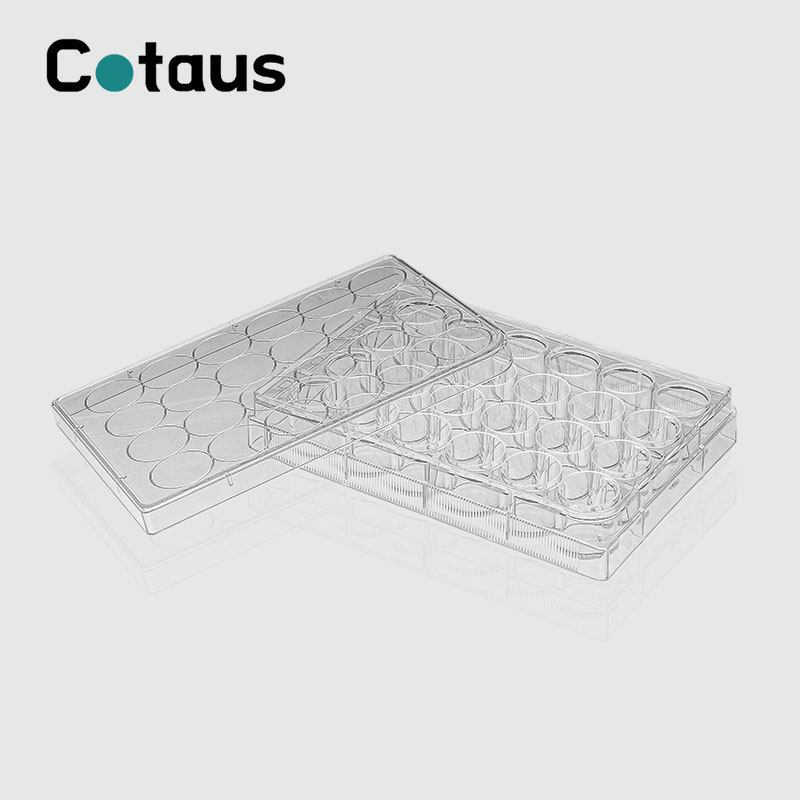
- English
- 简体中文
- Esperanto
- Afrikaans
- Català
- שפה עברית
- Cymraeg
- Galego
- 繁体中文
- Latviešu
- icelandic
- ייִדיש
- беларускі
- Hrvatski
- Kreyòl ayisyen
- Shqiptar
- Malti
- lugha ya Kiswahili
- አማርኛ
- Bosanski
- Frysk
- ភាសាខ្មែរ
- ქართული
- ગુજરાતી
- Hausa
- Кыргыз тили
- ಕನ್ನಡ
- Corsa
- Kurdî
- മലയാളം
- Maori
- Монгол хэл
- Hmong
- IsiXhosa
- Zulu
- Punjabi
- پښتو
- Chichewa
- Samoa
- Sesotho
- සිංහල
- Gàidhlig
- Cebuano
- Somali
- Тоҷикӣ
- O'zbek
- Hawaiian
- سنڌي
- Shinra
- Հայերեն
- Igbo
- Sundanese
- Lëtzebuergesch
- Malagasy
- Yoruba
- Español
- Português
- русский
- Français
- 日本語
- Deutsch
- tiếng Việt
- Italiano
- Nederlands
- ภาษาไทย
- Polski
- 한국어
- Svenska
- magyar
- Malay
- বাংলা ভাষার
- Dansk
- Suomi
- हिन्दी
- Pilipino
- Türkçe
- Gaeilge
- العربية
- Indonesia
- Norsk
- تمل
- český
- ελληνικά
- український
- Javanese
- فارسی
- தமிழ்
- తెలుగు
- नेपाली
- Burmese
- български
- ລາວ
- Latine
- Қазақша
- Euskal
- Azərbaycan
- Slovenský jazyk
- Македонски
- Lietuvos
- Eesti Keel
- Română
- Slovenski
- मराठी
- Srpski језик
Application of Cell Culture Plates
2024-05-21
Cell culture plates, as the core tools of cell culture, bear the important responsibility of providing cells with the best growth and reproduction environment. Its high-quality material properties enable it to adapt to the culture needs of various cell types. More importantly, the design of cell culture plates, including their shape, size, type and composition of culture medium, can be customized according to the needs of specific experiments, providing great flexibility and diversity for researchers.
In the study of cell biology, cell culture plates play an irreplaceable role. Through carefully configured cell types and culture environments, researchers can deeply study the interaction between cells and the environment, thereby revealing the intrinsic mechanisms of cell growth and differentiation. For example, in the study of neural development or bone marrow cells, cell culture plates provide a solid guarantee for the accuracy of experimental data.
In addition, cell culture plates also play a key role in virology research. Cultivating viruses on culture plates can directly observe the effects of viruses on cells, and then gain a deeper understanding of the infection mechanism and biological characteristics of viruses. This direct observation method is of great significance for studying the spread, amplification and prevention and control strategies of viruses.
In summary, cell culture plates are not only widely used in many fields such as cell culture and virus research, but also promote in-depth research in basic medicine and biology. Its versatility and flexibility enable researchers to gain a deeper understanding of the mysteries of life and provide new possibilities for human health and disease treatment.



